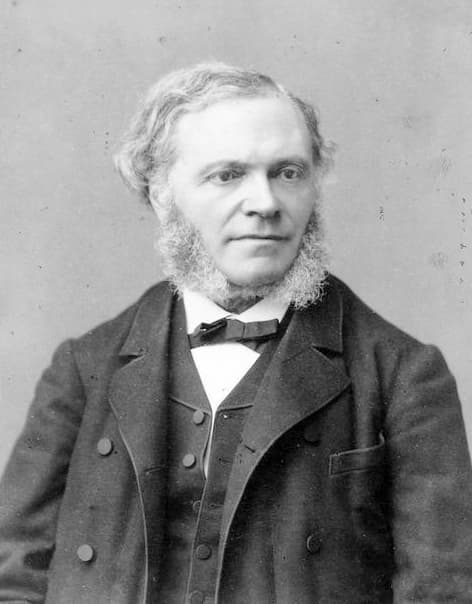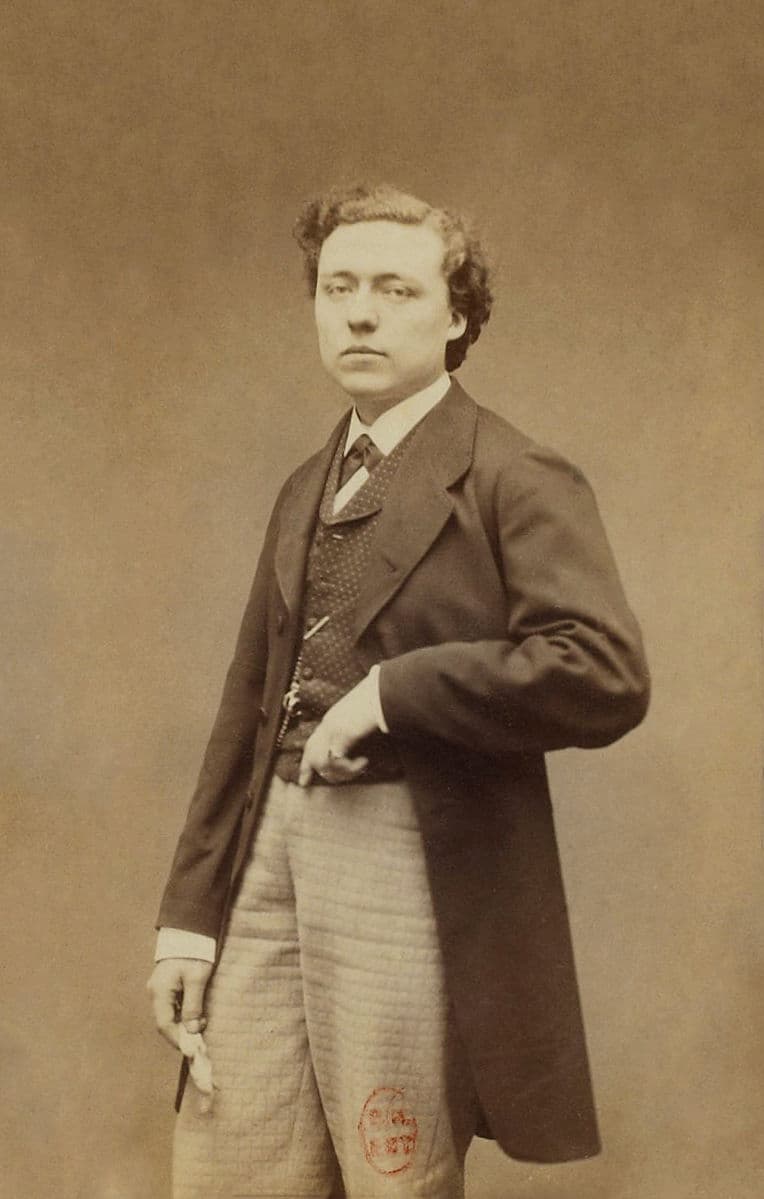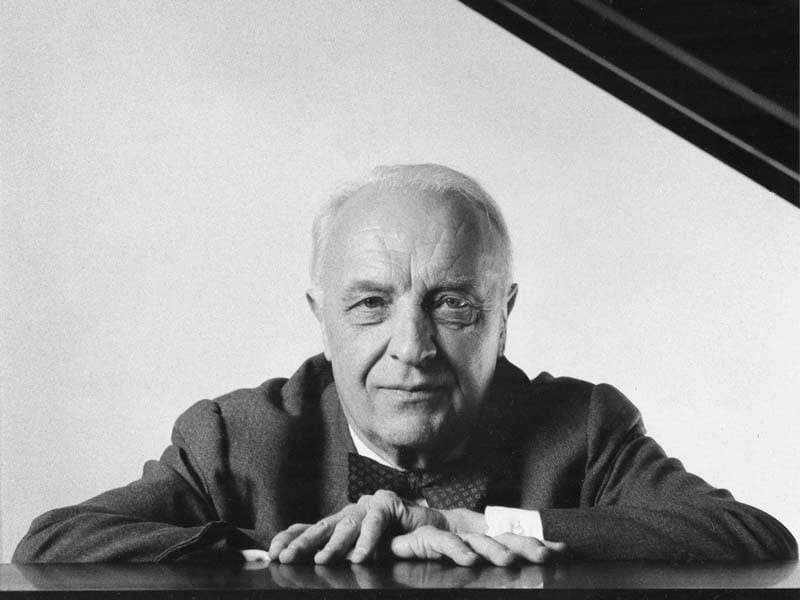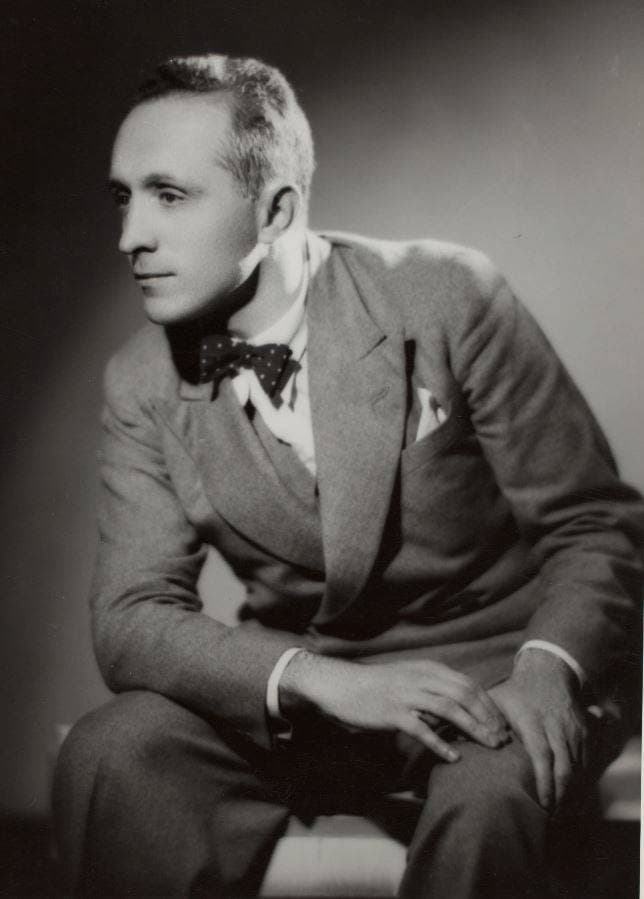César Franck (1822–1890) was a true international composer: he was born in Belgium, was a French citizen by choice, and may have even had a bit of German in his remote past. His musical skills were recognized early and exploited by his father who wanted him to have a career as a virtuoso performer. He started his studies at the Liège Conservatory before moving to the Paris Conservatoire in 1837. Just as he was qualified to compete for the Prix du Rome, which would have guaranteed him three years of study in Italy, his father withdrew him from the Conservatoire to resume his performing career. Succeeding neither as a soloist nor as a composer, he took up teaching, and a marriage his father disapproved of caused a breach in a poor relationship. In 1858, he was appointed organist at Sainte-Clotilde, which had just acquired a new Cavaillé-Coll organ, considered the finest of its kind. It was at Sainte-Clotilde that Franck made his reputation as an organist and was eventually appointed professor of organ at the Paris Conservatoire.

Pierre Petit: César Franck
Franck completed the Symphonic Variations in 1885 and it was given its premiere in May 1886, with Louis Diémer, for whom the work had been written, as soloist. Diémer became professor of piano at the Conservatoire in 1887, succeeding his teacher Antoine François Marmontel. On this recording the solo piano part is played by a student of Louis Diémer, Robert Casadesus.

Étienne Carjat: Louis-Joseph Diémer, ca. 1860 (Bibliothèque nationale de France)
The work opens with the orchestra and the piano presenting contrasting musical ideas. As the piano finishes off the first full statement of the theme, the variations begin, the first with full orchestra and the second with the melody in the violas and cellos. The third variation lightens the tone and the fourth variation adds a rhythmic figure to the theme. The fifth variation flows seamlessly from the fourth and the sixth and last variation brings the cellos forward, accompanied by arpeggios in the piano. A trill signals the final section of the work where a new theme is introduced, the pianist gets an interlude of its own, and earlier melodic material is re-introduced. The pianist and the orchestra close the work together in close imitation of each other.

Robert Casadesus
Franck was inspired to write the Symphonic Variations by a work he’d written the previous year, Les Djinns, a symphonic poem for piano and orchestra, based on a poem by Victor Hugo.
César Franck: Symphonic Variations for Piano and Orchestra
This 1961 recording of the Orchestre National de la Radiodiffusion-Télévision Française under the direction of Jascha Horenstein has Robert Casadesus as soloist. Casadesus (1899-1972) was the most famous member of an extended musical family: he was the nephew of violist Henri Casadesus and violinist Marius Casadesus, husband of pianist Gaby Casadesus, and father of pianist Jean Casadesus. He studied at the Paris Conservatoire with Louis Diémer, taking the first prize in 1913 and the Prix Diémer in 1920. He and Gaby toured extensively until 1935, when he taught at the American Conservatory at Fontainebleau. During the war, the family moved to the US, where he founded the Fontainebleau school, first in Newport, RI, then in Great Barrington, MA. In 1946, the Fontainebleau school returned to France with Casadesus as director.

Jascha Horenstein
American conductor Jascha Horenstein (1898-1973) was born in Kiev and his family moved to Vienna in 1911 where he studied at the Vienna Academy of Music. He was an assistant to Wilhelm Furtwängler in Berlin in 1920 and conducted both the Vienna Symphony Orchestra and the Berlin Philharmonic. In 1928, he was appointed principal conductor of the Düsseldorf Opera and became its General Music Director in 1929. He moved to the US when conditions in Germany became untenable. Horenstein is known as a champion of modern music and as a conductor of Mahler. He seemed to champion unpopular composers such as Bruckner, Mahler and Nielsen when these composers were out of favour.

Performed by
Robert Casadesus
Jascha Horenstein
Orchestre National de la Radiodiffusion-Télévision
Recorded in 1961
Official Website
For more of the best in classical music, sign up to our E-Newsletter
